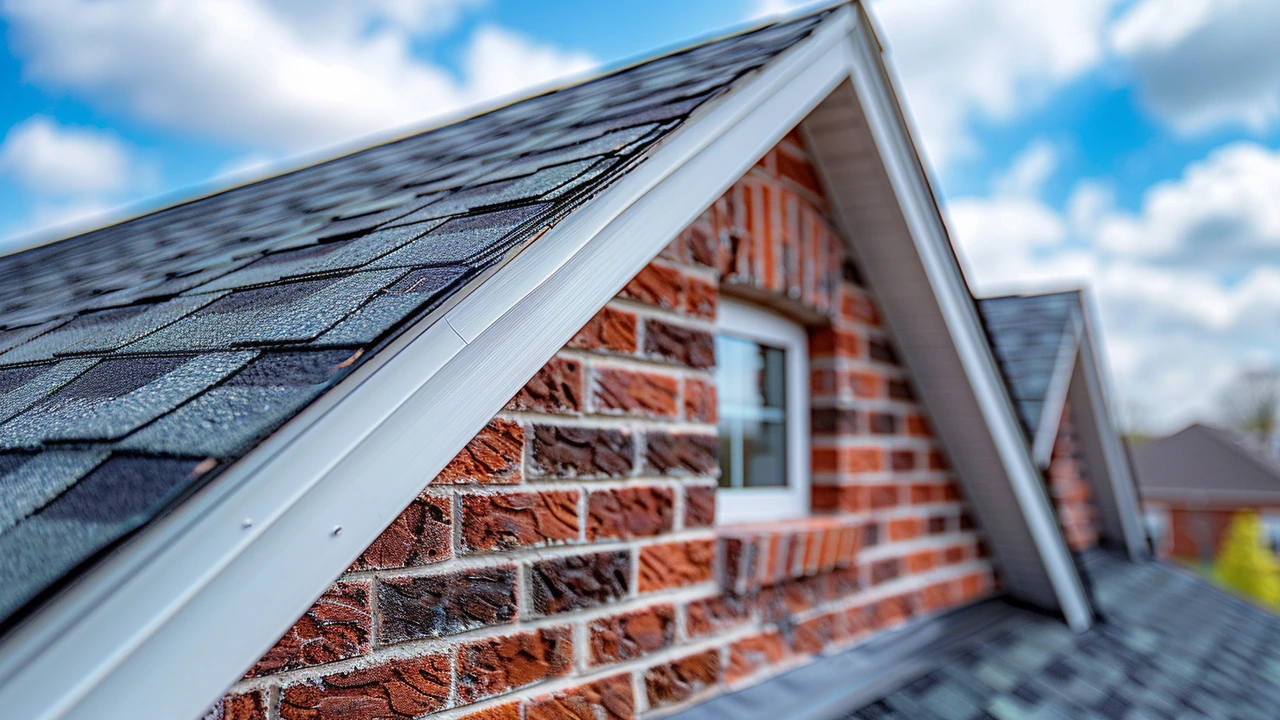Homeowners Insurance: Protect Your Home Without the Confusion
Buying a home is one of the biggest investments you'll make, and protecting it should be simple, right? That’s where homeowners insurance comes in. It’s not just a fancy requirement from your bank — it’s your safety net when unexpected things happen to your house or belongings.
At its core, homeowners insurance covers damage to your home caused by events like fires, storms, or theft. But it’s more than just the physical building. Your policy often protects what’s inside, from furniture to gadgets, and even covers liability if someone gets hurt on your property. You might not think about it until you need it, but having the right coverage can save you from big financial headaches.
Types of Coverage You Should Know
You'll usually see policies split into parts: dwelling coverage, personal property, liability protection, and additional living expenses. Dwelling coverage pays for repairs if your house is damaged. Personal property covers your stuff inside the home. Liability protection kicks in if you're responsible for injuries to others or their property. Additional living expenses help if you need to stay elsewhere because your home is unlivable after a claim.
It’s smart to read your policy carefully and understand what’s included — or left out. For example, typical policies don’t cover floods or earthquakes by default. You might want to buy extra insurance if you live in an area prone to those risks. Knowing exactly what your policy covers helps avoid surprises when you file a claim.
How to Choose the Right Homeowners Insurance
Picking a policy can feel overwhelming, but keep it straightforward. First, assess your home’s value and how much you need to replace it, not just the mortgage amount. Then, think about your belongings’ worth and pick enough coverage to protect them. Don’t forget to check the deductible — that's the amount you pay out-of-pocket before insurance kicks in.
Shop around. Compare rates and what different insurers offer. Look for customer reviews and company reliability, because speedy claims handling matters when things go wrong. And remember, your cheapest option might not always be the best if it skimp on coverage.
Finally, update your insurance as your life changes. Bought new expensive gear? Renovated your kitchen? Let your insurer know to keep your coverage up to date.
Homeowners insurance might seem like a hassle now, but it’s one of those things you’re thankful for when disaster strikes. Getting clear on how it works and what you really need means you can protect your home and your peace of mind without second-guessing.









